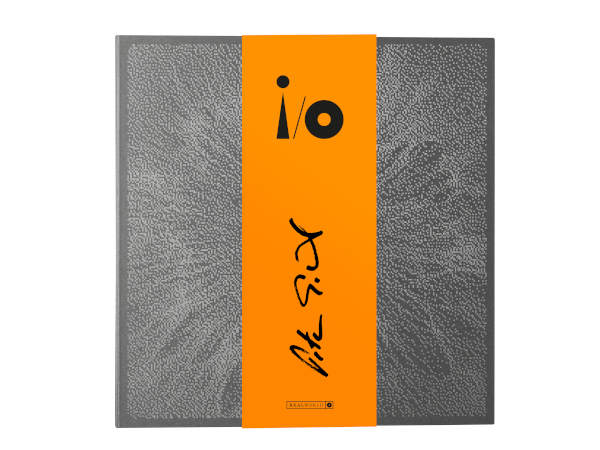With Iran’s national currency on a rollercoaster, the government has given the green light to state banks for a whopping 30-percent interest rate for special fixed-term deposits.
Last week, the Central Banks of Iran announced the issuance of special certificates of deposit with an annual profit rate of 30 percent (paid monthly), a measure aimed at incentivizing people to keep their capital in banks instead of exchanging them to other currencies and keep them at home. In February 2023, Iran had raised the interest rates from about 15 percent to about 22.5 percent exactly to prop up the rial, a move that failed to strengthen the national currency. The rial fell from 400,000 per dollar in January 2023 to 500,000 by May.
According to Ehsan Khandouzi, Iran’s Minister of Economic Affairs and Finance, the Central Bank has authorized the issuance of this specific type of deposit bond with a total value of 2.8 quadrillion rials, or about$5.6 billion.
Although the timespan was announced to be only a week, some banks refused to offer the service in the early days due to several opaque issues not addressed in the central bank’s directive, such as details about the break cost and the taxation on the profit, according to Iran’s leading economic newspaper Donyaye Eghtesad (World of Economy). However, according to Fararu website, about 98 percent of the total amount of bonds were sold by Monday, the fourth day of the implementation of the plan.
The rial was on a nosedive last week after an attack on a US base by Iran-backed militia in Jordan killed three US service members and injured more than 40 others. The looming shadow of a war involving Iran led to an extraordinary rise in exchange rates, bringing the price of every US dollar close to 600,000 Iranian rials. However, the rial bounced back regaining around 50 percent of the lost ground following what was perceived as limited US retaliatory strikes against a series of Iran-linked targets in Iraq and Syria, with the danger of a direct attack on Iran receding.
According to Etemad newspaper, the purpose of raising interest rates is to encourage the flow of funds in the Iranian market and preventing the conversion of rial deposits into foreign currency. Proponents of the decision argue that the financial tool was used by Russia’s central bank and was successful in managing the psychological impact of the war in Ukraine on the Russian ruble. Opponents argue that such a high interest rate will make the Iranian stock exchange market redundant as people may remove their funds and deposit it in the banks.
Nour News, a media outlet linked to Iran’s Supreme Council of National Security, said that given the country’s soaring inflation rate, the decision to increase interest rates aimed at encouraging people from converting foreign currencies into rials “and control the currency markets was inevitable.”
Economist Ghodratollah Emamverdi argued that the government seeks to attract financial resources towards the banking system, essentially implementing a form of monetary contraction policy. Referring to the timing of the measure that coincided with intense ups and downs in the value of the rial, he said the devaluation “has a direct correlation with military and political insecurities in the region and the emerging threats, lack of political interactions between Iran and its neighbors and the entire world, especially with the United States.”
But the question is, how the government intends to pay the high interest to investors. Most believe that the only mechanism the central bank has is to print money.
Emamverdi believes that the government does not expect the rial to regain its value, claiming that “Money creation in the banking system has become endogenous, and, in fact, the banking system creates money out of thin air.”
Financial consultant Habil Khavari told ILNA that the especial bonds were issued to funnel people’s stray funds wandering between gold and foreign currencies, noting that the government resorts to such measures near the end of each year to make up for its budget deficit. The Iranian year ends on March 20. But this year, the total amount involved and the higher interest rate are notable.
As the special bonds were selling like hot cakes in the volatile Iranian market, the government may now have enough reason to extend the plan or allocate additional funds for it. Donyaye Eghtesad said on Monday that, considering the unexpected yet significantly positive feedback to the measure — which led many banks to quickly reach their limits — the Central Bank is expected to respond to the popular demand with an announcement in the coming days.

Sophie Anderson, a UK-based writer, is your guide to the latest trends, viral sensations, and internet phenomena. With a finger on the pulse of digital culture, she explores what’s trending across social media and pop culture, keeping readers in the know about the latest online sensations.








